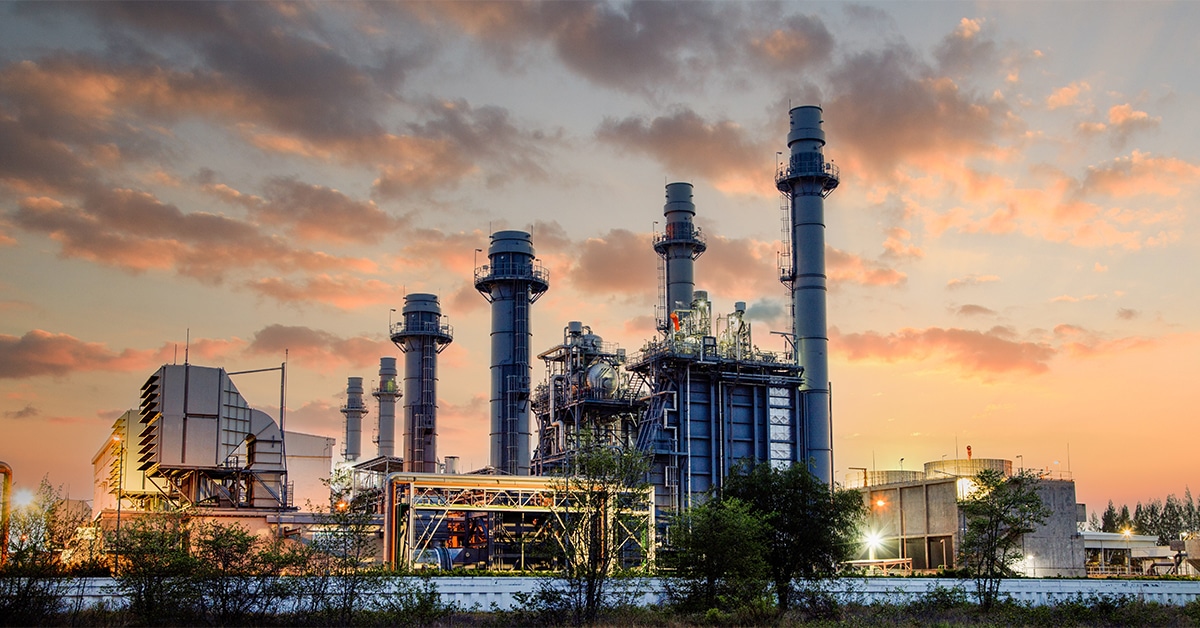- 0
Efficiency in Motion: Innovations in Midstream Transportation

Midstream transportation plays a crucial role in the oil and gas industry, linking production facilities to refineries and distribution centers. Over the years, advancements in technology and innovative practices have significantly improved efficiency in midstream transportation, leading to cost savings, increased safety, and reduced environmental impact.
The Evolution of Midstream Transportation
Midstream transportation has come a long way from traditional methods such as pipelines and trucks. The industry has embraced new technologies and strategies to enhance the efficiency of transporting oil and gas products across long distances. Here are some of the key innovations driving efficiency in midstream transportation:
1. Automation and Remote Monitoring
- Automation of pipelines and terminals allows for real-time monitoring and control of operations, minimizing the risk of human error and improving safety.
- Remote monitoring technology enables operators to track the performance of assets, detect issues early, and optimize transportation routes for maximum efficiency.
2. Digital Twin Technology
- Digital twin technology creates virtual replicas of physical assets, providing operators with a digital representation of the entire transportation system.
- By simulating different scenarios and analyzing data in real-time, operators can identify potential bottlenecks, optimize workflows, and improve overall operational performance.
Enhancing Sustainability in Midstream Transportation
As the global focus on sustainability grows, the midstream transportation sector is also exploring ways to reduce its environmental footprint. Innovations in this area are not only beneficial for the planet but also result in long-term cost savings and improved reputation for companies.
1. Eco-Friendly Fuels
- The adoption of cleaner-burning fuels such as natural gas and biofuels in transport vehicles helps reduce emissions and minimize environmental impact.
- Investments in research and development of alternative fuels are driving the transition towards a more sustainable midstream transportation infrastructure.
2. Energy-Efficient Technologies
- Implementation of energy-efficient technologies like electric pumps and solar-powered equipment reduces energy consumption and operational costs.
- Using advanced analytics and machine learning algorithms, operators can optimize energy usage and improve overall efficiency in midstream transportation processes.
Future Trends in Midstream Transportation
Looking ahead, the midstream transportation sector is poised to witness further innovations that will revolutionize the way oil and gas products are transported. From the integration of artificial intelligence to the development of sustainable infrastructure, the future of midstream transportation looks promising.
1. Artificial Intelligence (AI) Integration
- AI technologies can analyze vast amounts of data to optimize transportation routes, predict equipment failures, and enhance decision-making processes.
- The application of AI in midstream transportation will lead to increased efficiency, cost savings, and improved operational performance.
2. Sustainable Infrastructure Development
- Investments in infrastructure upgrades, such as the expansion of pipeline networks and construction of green terminals, are essential for creating a more sustainable midstream transportation system.
- Collaboration between industry stakeholders and policymakers is key to driving sustainable infrastructure development and reducing the environmental impact of midstream transportation.
Conclusion
Efficiency in motion is the mantra driving innovations in midstream transportation. With a focus on technology, sustainability, and future trends, the industry is set to achieve new levels of efficiency, safety, and environmental responsibility. By embracing these innovations, midstream transportation companies will not only streamline their operations but also contribute to a more sustainable energy future.
